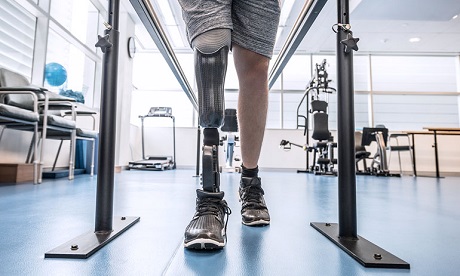Researchers have recorded brain signals for pain for the first time, using a machine learning technique that could lead to treatments for the condition.
They recorded pain-related data inside the brains of individuals with chronic pain disorders caused by stroke or amputation.
Scientists have long sought to understand how pain is represented by brain activity. With electrodes implanted in the heads of the patients, the researchers could record neural activity over the course of months. Then with machine learning, they could predict the pain severity scores from neural activity.
The researchers said the findings, published in Nature Neuroscience, could provide a way forward for developing treatments for chronic pain, which is one of the largest contributors to disability worldwide.
The research was funded by two initiatives – the National Institutes of Health’s (NIH) Brain Research Through Advancing Innovative Neurotechnologies (BRAIN) and the Helping to End Addiction Long-term Initiative.
“This is a great example of how tools for measuring brain activity originating from the e have been applied to the significant public health problem of relieving persistent, severe chronic pain,” Walter Koroshetz, director of the National Institute of Neurological Disorders and Stroke, said in a statement.
“We are hopeful that building from these preliminary findings could lead to effective, non-addictive pain treatments”.
Researchers have typically gathered data about chronic pain through patients self-reporting using questionnaires about the intensity and emotional impact of pain.
This study looked directly at changes in brain activity in two brain regions – the anterior cingulate cortex (ACC) and the orbitofrontal cortex (OFC) – where pain responses are thought to occur, while patients self-reported their levels of pain.
- Luke Hurst is a Euro News technology journalist from Edinburgh, Scotland.
News category: Analysis and Comment.




